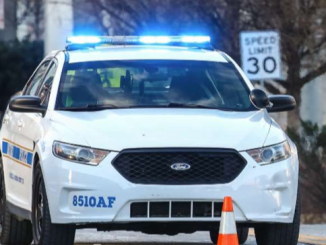
{snip}
Vance, who authored the 2015 biography “Elon Musk: Tesla, SpaceX, and the Quest for a Fantastic Future,” said in his report that despite “an outpouring of interest from thousands of prospective patients,” the company is still looking for its first volunteer or “someone willing to have a chunk of their skull removed by a surgeon so a large robot can insert a series of electrodes and superthin wires into their brain.”
Musk’s biographer said it takes a “couple of hours” for a surgeon to perform the craniectomy and then about 25 minutes for the robot to insert the device, along with its ultra-thin array of about 64 different threads. The device will replace the portion of skull that had been removed. Vance said the threads are so thin they’re about 1/14 the width of a single strand of human hair.
Neuralink has done 155 implantation surgeries using the robot on a variety of animal test subjects, including pigs and monkeys, Vance wrote. But, in typical Musk fashion, the billionaire has continued to push for the robot to move faster, as well as for the surgery to be performed without human help.
A spokesperson for Neuralink did not respond to a request for comment ahead of publication.
{snip}
“They are currently kicking our ass,” Musk said after Synchron implanted its first device in a US patient in July 2022. (In December 2021, one of the Synchron’s patients in Australia was the first person to send a tweet using only his thoughts.)
The billionaire has also warned that Neuralink needs to pick up its pace “like the world is ending” to keep up with AI and the possibility of an AI being that wouldn’t be friendly to humans, Vance wrote.
Yet while Musk’s “maniacal sense of urgency” might work at Tesla or SpaceX — where he has initiated sprints and slept on the factory floor to meet deadlines — at least one Neuralink executive has taken a note of caution.
“We can’t blow up the first three. That’s not an option here,” Shivon Zilis, Neuralink’s director of special projects and the mother of two of Musk’s children, told Vance in a reference to SpaceX’s first three rockets, which exploded.

